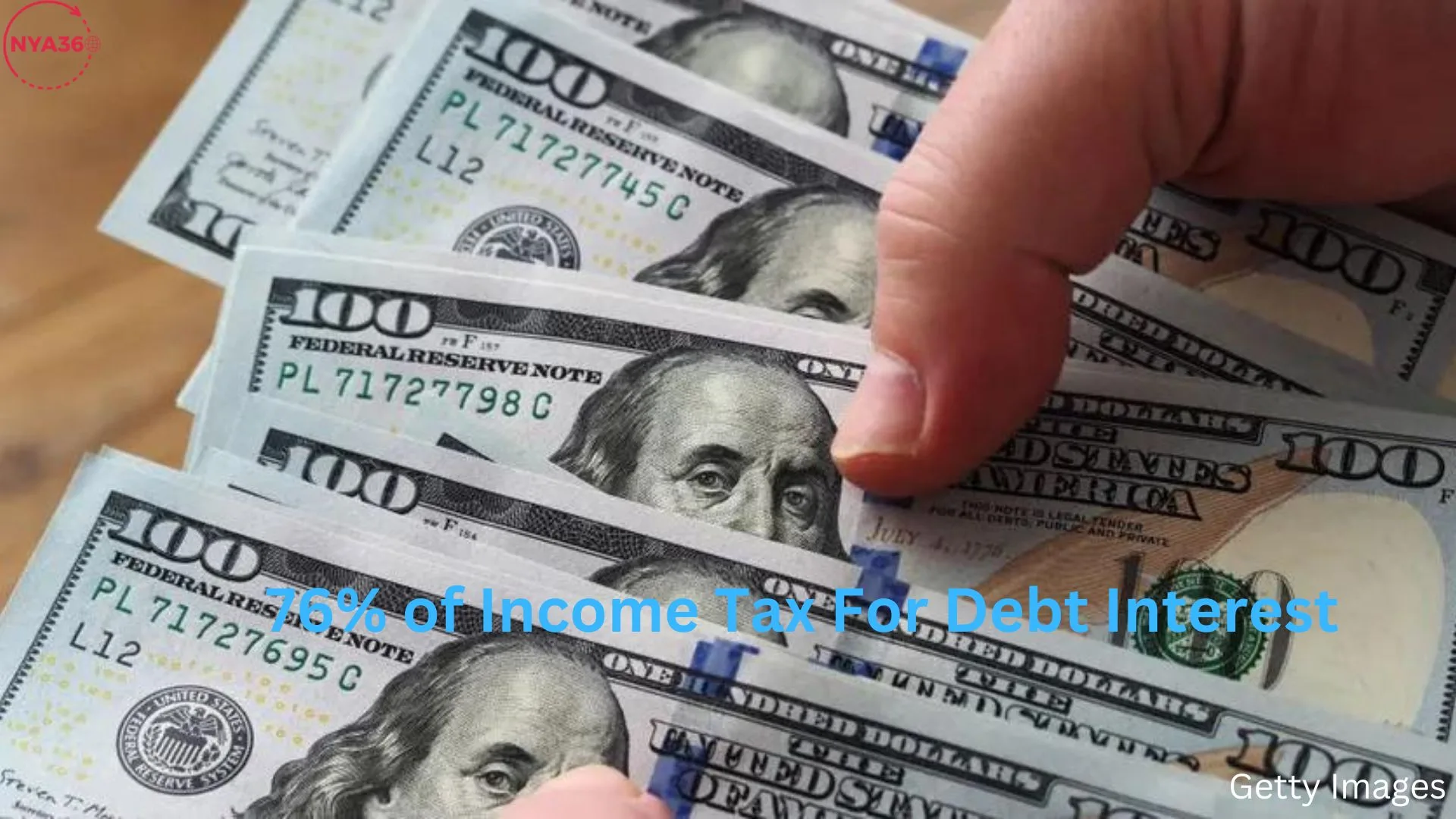The disclosure that 76% of the total personal income tax in the United States during the previous month was allocated to the repayment of the $34 trillion national debt is deeply concerning. This alarming statistic highlights a more profound and inherent problem inside the financial structure of the nation. How did we get to this point? The path leading up to this moment included crucial choices taken by two influential characters in American history: Franklin D. Roosevelt (FDR) and Richard Nixon. Their policies, designed to tackle the economic issues of their era, have had extensive ramifications, resulting in what is now referred to as “debt slavery.” Elon Musk has expressed his belief that America is on a path toward bankruptcy, emphasizing the seriousness of the problem.
FDR: The Gold Standard and the New Deal
Franklin D. Roosevelt’s presidency during the Great Depression was characterized by ambitious and radical measures designed to revive the struggling economy. One of his most momentous choices was to remove the United States from the gold standard in 1933. Previously, the US dollar’s value was directly linked to a fixed quantity of gold, which imposed restrictions on the printing of money and, subsequently, on the government’s ability to accumulate debt.
FDR’s decision to leave the gold standard was intended to address deflation and promote economic growth. This action enabled the government to augment the monetary base, so facilitating the financing of his New Deal initiatives. These programs were specifically developed to promptly alleviate economic distress, generate employment opportunities, and stimulate the process of economic recovery. Although the New Deal had numerous beneficial effects, it also established a precedent for heightened government intervention and expenditure. The elimination of the gold reserve requirement enabled the unrestricted printing of money, which in turn facilitated increased levels of debt, as subsequent administrations were able to borrow and expend with greater freedom.
Nixon: The Ultimate Catalyst for Failure
The administration of Richard Nixon exacerbated the detachment of the US currency from the gold standard. In 1971, President Nixon declared the cessation of the dollar’s ability to be exchanged for gold, so terminating the Bretton Woods arrangement. The decision, commonly referred to as the “Nixon Shock,” was motivated by other causes, such as escalating inflation, an expanding trade deficit, and the financial burden of the Vietnam War.
Nixon’s decision to fully adopt fiat currency, which is not supported by a tangible commodity but rather by the government’s assertion, has significant consequences. Although it granted the ability to control monetary policy and address economic emergencies, it also eliminated the final safeguard against the growth of the money supply. Due to the absence of any physical asset supporting it, the value of the dollar became increasingly vulnerable to inflationary forces, allowing the government to amass debt with fewer immediate consequences.

The repercussions: an overwhelming burden of financial obligations.
The policy choices implemented by Presidents Franklin D. Roosevelt and Richard Nixon have played a significant role in shaping the present condition of the United States national debt. The ability to engage in monetary expansion has allowed consecutive administrations to fund military conflicts, welfare initiatives, and financial rescues without the need for immediate fiscal restraint. Gradually, this has led to a significant increase in the national debt, which currently amounts to an astonishing $34 trillion.
The consequences of having such a substantial amount of debt are complex and have many different aspects. A substantial proportion of the federal budget is currently designated to service this debt, which redirects resources away from other vital sectors such as infrastructure, education, and healthcare. The economy’s dependence on borrowing also heightens its susceptibility to interest rate changes and diminishes its fiscal adaptability during times of crisis.
The contemporary existence of debt bondage
The current situation can be accurately described as “debt slavery.” Essentially, American taxpayers are laboring to settle the interest on the national debt, with a significant 76% of personal income tax revenue allocated for this specific objective. The government’s capacity to invest in future growth and prosperity is constrained by this financial load, leading to a cycle of dependence on debt.
Elon Musk’s cautionary statement that “America is on a path towards bankruptcy, for your information” is not unfounded. If the trajectory of escalating debt is not addressed, it could potentially result in a fiscal crisis. The possibility of increasing interest rates is a substantial risk, as higher rates would raise the expense of managing the debt, intensifying the burden on the federal budget.

The Way Forward
Tackling this challenge necessitates a comprehensive and diverse strategy. It is crucial to maintain fiscal discipline while implementing measures that promote sustainable economic growth. Crucial tasks include reforming entitlement systems, cutting needless spending, and establishing tax policies that encourage investment and job growth.
Furthermore, it is imperative to initiate a nationwide dialogue regarding the enduring consequences of debt and the significance of upholding fiscal prudence. Current and future decisions should be guided by the lessons learned from the policies of FDR and Nixon, to prevent the nation from further accumulating unsustainable levels of debt.
Overall, the enduring impact of FDR and Nixon’s monetary policies has resulted in a significant and intricate financial predicament. In light of the nation’s $34 trillion debt, we must prioritize careful fiscal management and effective economic planning.
Follow us on social media: Instagram, Threads & Twitter X @nya360_ YouTube & Facebook @nay360.





